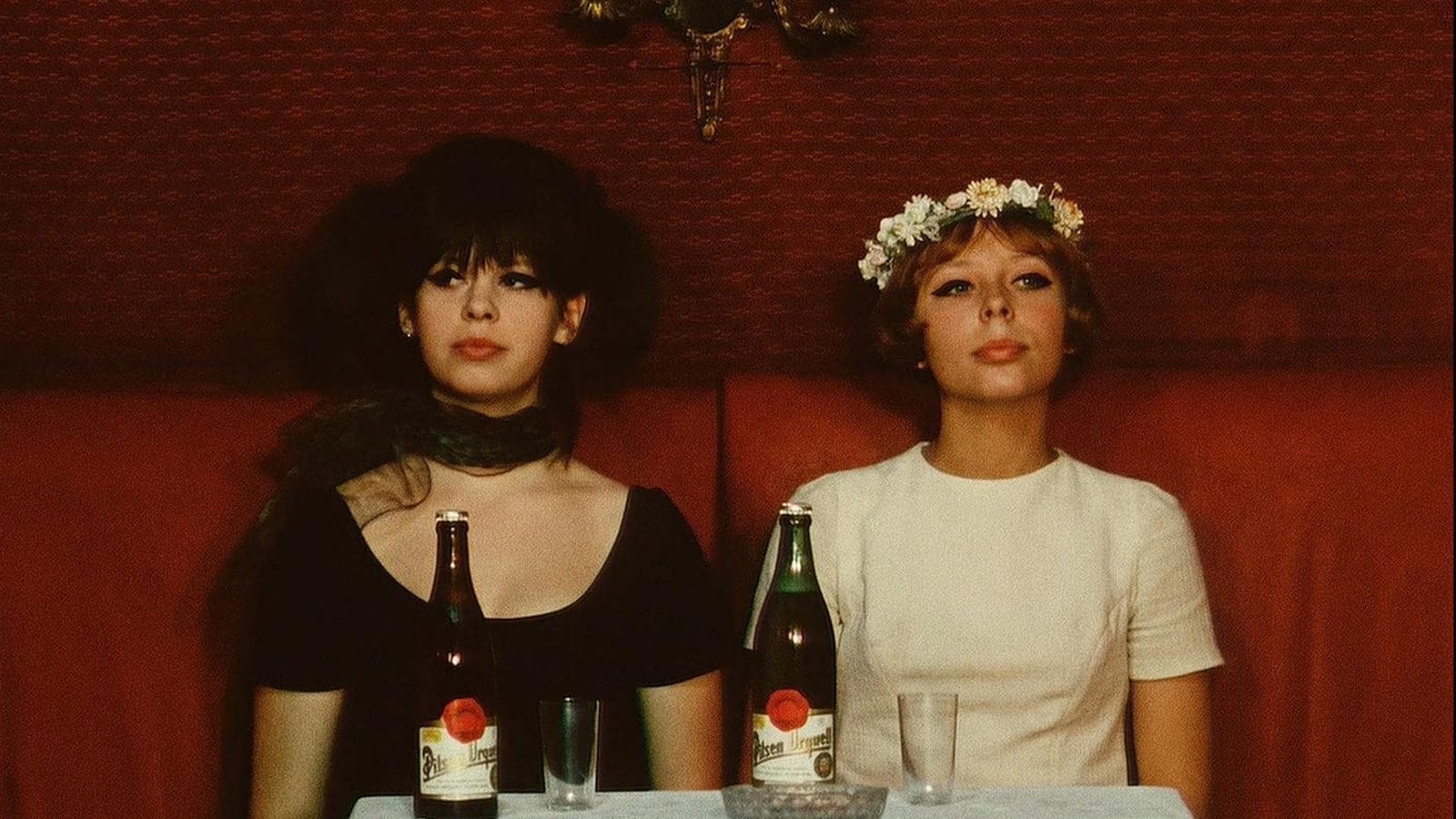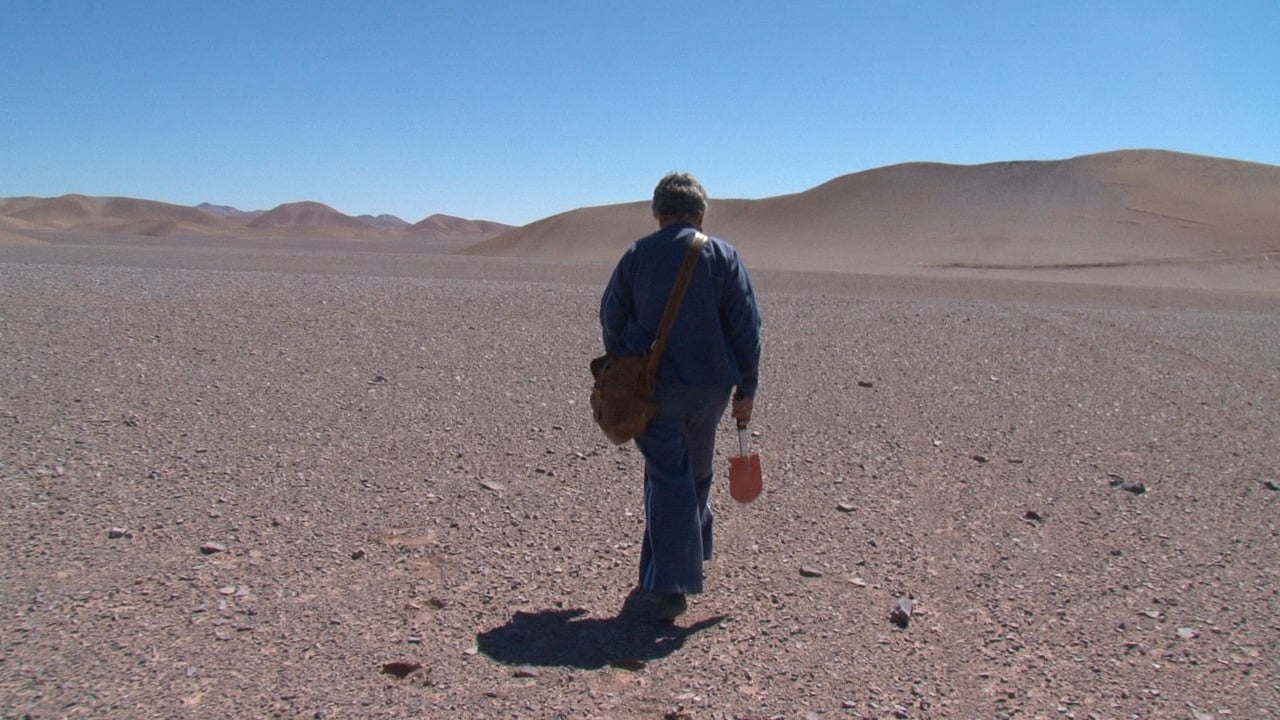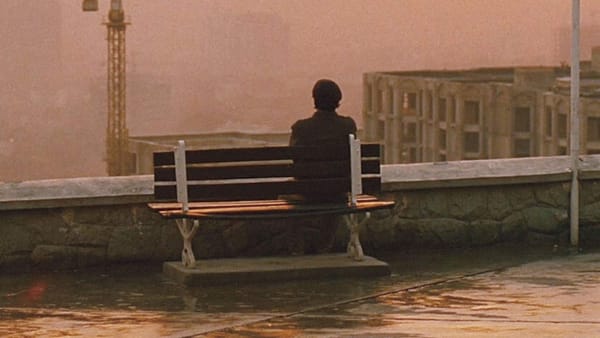Cinema and Its Many Iconoclasms
An ode to films and filmmakers that chose to defy cinematic norms by challenging the symbolic or literal representations associated with a cinematic image.

Cinema is not sacramental art and was historically never meant to be. My January curation for TPCC is an ode to films and filmmakers that chose to deliberately break the iconographic quality associated with a cinematic image - mostly metaphorically, sometimes literally. The term "iconoclasm", in the context of cinema, assumes a metaphorical meaning that refers to a rebellious, subversive approach to filmmaking that challenges established norms and conventions. In the vast landscape of cinema, where narratives often unfold predictably, and visual styles adhere to established norms, there exists a realm of filmmaking that refuses to conform - a realm where classicism is shattered, expectations are upended, and the audience is invited to traverse uncharted territories of storytelling.
For me, analysing iconoclasm in cinema provided a nuanced understanding of the relationship between destruction, creation, and cultural memory. My argument is that iconoclasm in cinema and arts in general, questions our very faculties of consuming and producing what is visible. Each film in the list has moments of negation of the figurative image and has the potential to exercise a critical reflection on endless ways of seeing.
Week 1
Woman of the Dunes

Teshigahara's artistic pursuits extended beyond cinema. He was an accomplished Ikebana artist and a sculptor. This interdisciplinary approach, along with his interest in existential philosophy influenced his filmmaking style, contributing to a unique blend of visual artistry and narrative experimentation.
Daisies

Chytilová's avant-garde Dadaist influence is evident in her films, particularly in her use of non-linear narratives, surreal imagery, and a playful, subversive approach to storytelling.
Week 2
Suzhou River

Lou Ye places his complex subjects within moody urban landscapes and employs a fragmented and immersive brand of storytelling that lends a unique atmospheric quality to his films laden with frenetic immediacy and tension.
In a Year of 13 Moons

Rainer Werner Fassbinder's cinematic approaches are marked by a visceral fusion of Brechtian theatricality laced with heightened melodramatic visual elements, political engagement, and narrative experimentation.
Week 3
The White Meadows

Rasouluf’s films, are sometimes layered allegorical fables with a bleak sense of symbolism and metaphor, sometimes blistering proclamations, rife with political overtness and dissent.
Theorem

Pasolini - a prolific poet, provocateur, and an unrelenting critic of bourgeois consumerism, often combined elements of neorealism with crass experimental techniques, creating films that stood out for their unique visual language and critique of societal norms.
Week 4
Nostalgia for the Light

Guzmán's documentary, "Nostalgia for the Light" serves as a political allegory, addressing the damaging impact of the Pinochet dictatorship in Chile. He masterfully weaves together two seemingly disparate narratives: the search for cosmic origins by astronomers and the search for the remains of disappeared political prisoners from the Pinochet era by women in the same desert.
The House is Black

Firebrand feminist Forugh Farrokhzad's documentary film "The House is Black" is a tranquil exploration of life in an Iranian leper colony. The interplay of image and verse creates a unique cinematic experience, capturing the sheer beauty and tragedy of the human physical condition.




